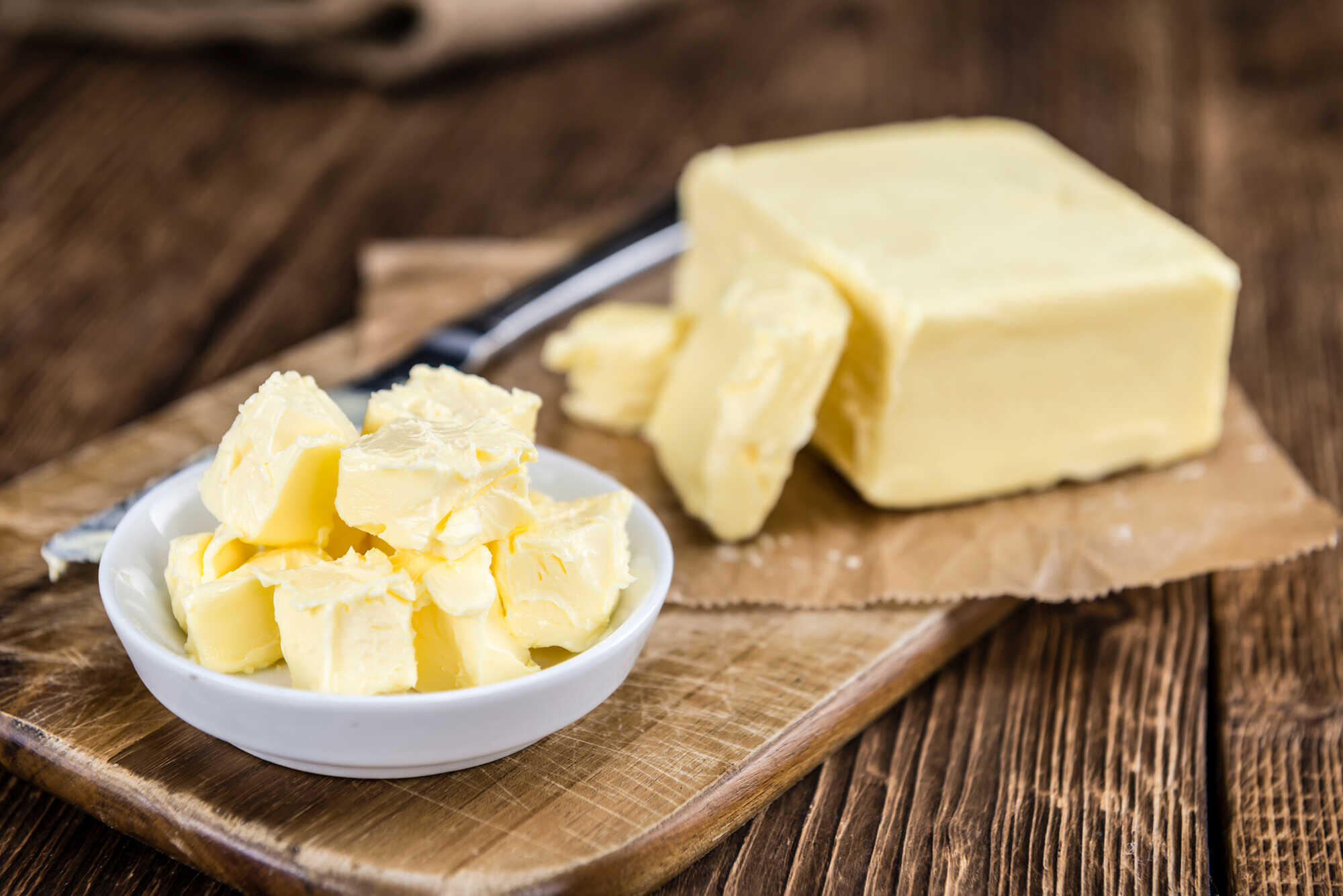Butter is one of the most beloved and versatile ingredients in the kitchen—adding richness, flavor, and that melt-in-your-mouth goodness to everything from morning toast to delicate pastries. But once you’ve selected a high-quality butter, how do you keep it fresh and ready to use? Let’s explore three popular storage methods—the refrigerator, the freezer, and the butter bell (often known in German as a Butterdose). Each has its advantages, and choosing the right one can help you enjoy maximum freshness and flavor.
1. Why Storing Butter Properly Matters
Butter is an emulsion of fat, water, and milk solids that can easily absorb odors from nearby foods. It can also oxidize or go rancid if exposed to heat, light, or air for too long. Proper storage:
-
Preserves flavor
-
Maintains texture
-
Extends shelf life
-
Ensures food safety
2. The Refrigerator: A Classic Approach
How to Store
-
Original Packaging: Most butter is sold in a protective wrapper, which is quite effective at keeping out light and air. Keep it tightly wrapped when not in use.
-
Butter Compartment or Airtight Container: Placing butter in your fridge’s butter compartment (if you have one) or an airtight container further helps shield it from strong odors.
Pros & Cons
-
Pros:
- Accessible for daily cooking and baking
- Maintains cool, stable temperatures that slow spoilage
- Easy setup—no special tools required -
Cons:
- Can be quite firm straight from the fridge, making it harder to spread on bread or toast
- If the fridge door is opened frequently, temperature fluctuations could impact texture over time
Shelf Life
-
Salted Butter: Typically stays fresh for about 2–3 months in the fridge.
-
Unsalted Butter: A bit more delicate; it’s best used within 1–2 months.
3. The Freezer: Long-Term Preservation
How to Store
-
Wrap Tightly: For best results, keep butter in its original wrapper, then place it in an airtight, freezer-safe bag or container. Double-wrapping helps prevent freezer burn and absorption of other flavors.
-
Label & Date: If you’re storing multiple batches, label them with the date so you can use the oldest first.
Pros & Cons
-
Pros:
- Great for bulk buyers (store a surplus of butter when it’s on sale)
- Extends shelf life up to 6–9 months (some sources say up to a year)
- Maintains flavor and quality if sealed properly -
Cons:
- Requires thawing or planning ahead for baking and cooking
- May lead to slight texture changes if not wrapped carefully
Thawing Tips
-
Transfer the butter from the freezer to the fridge for a slow, even thaw—usually overnight. This helps maintain the best texture and flavor.
4. The Butter Bell (Butterdose): A Room-Temperature Favorite
How It Works
A butter bell or butter crock is a two-piece container. One piece (the bell) holds softened butter, and the other (the base) is filled with a small amount of water. When inverted, the water creates an airtight seal that keeps butter fresh at room temperature while preserving its spreadable consistency.
Pros & Cons
-
Pros:
- Butter stays soft and spreadable—perfect for slathering on bread at a moment’s notice
- Keeps out air and odors
- Looks lovely on the countertop or table -
Cons:
- Water must be changed every day or two to keep it fresh and prevent bacteria growth
- Works best in cooler environments (below 21°C / 70°F)
- Not ideal for long-term storage; eventually, the butter can go rancid if left too long at room temperature
Best Practices
-
Start with fresh butter—salted butter often lasts longer in a butter bell.
-
Change the water regularly (daily or every other day).
-
Wash the crock thoroughly before refilling to keep things hygienic.
5. Choosing the Best Method for You
-
Daily Use / Quick Spreading: A butter bell is your friend, as long as your kitchen isn’t too warm. You can enjoy soft, spreadable butter anytime.
-
Short-Term Storage (Weeks to a Couple of Months): The refrigerator is the most straightforward solution. Easy for daily cooking, and it keeps butter safely fresh for a reasonable period.
-
Long-Term Storage (Months to Nearly a Year): The freezer is best when you’ve stocked up on butter or have specialty varieties you want to save.
Many people find a combination of methods works best—for example, freezing extra sticks or blocks of butter, storing one open package in the fridge, and keeping a small portion in a butter bell on the counter for immediate use.
6. Tips for Maximum Freshness
-
Buy Quality Butter
Start with high-quality butter, and check expiration dates or sell-by dates for the longest shelf life. -
Keep Butter Away From Strong Smells
Butter readily absorbs odors from foods like onions, fish, or strong cheeses. Ensure your storage is airtight. -
Stay on Top of Rotation
Use older butter first to avoid waste, and label packages if needed. -
Consider Salted vs. Unsalted
Salted butter can last a bit longer because salt is a natural preservative. If you primarily use unsalted butter, stay extra mindful of storage timelines.
Conclusion
Finding the perfect butter storage solution depends on your kitchen habits, climate, and how quickly you go through butter. For most households, a multi-method approach is ideal: keep some in the fridge for cooking and baking, a small amount in a butter bell for easy spreading, and any surplus in the freezer. With proper storage, you can ensure every pat of butter tastes fresh and flavorful—ready to enhance your next meal or baked treat.

Comments (0)
No comments yet. Be the first to comment!